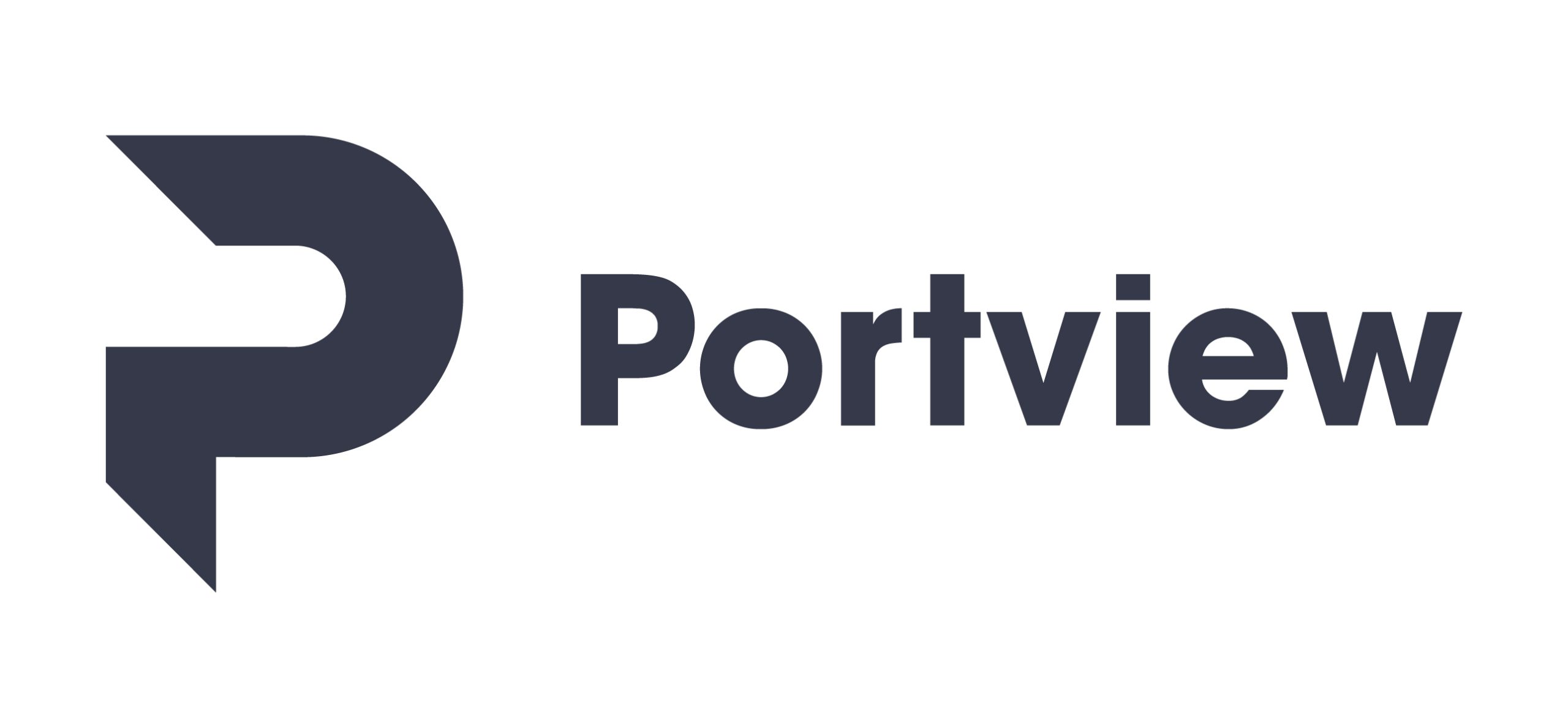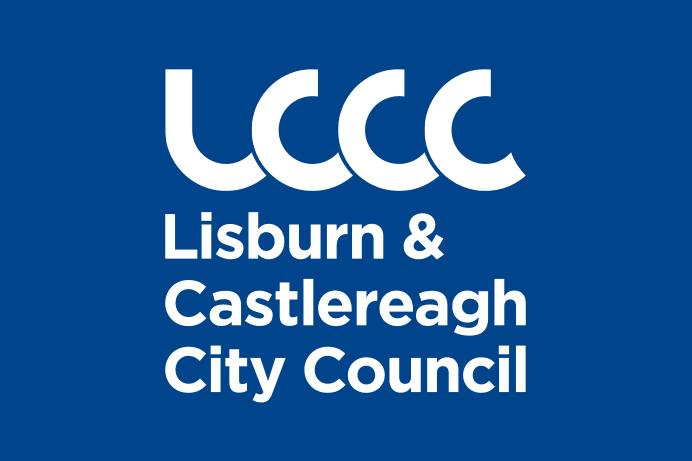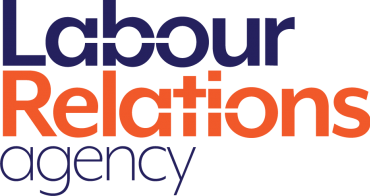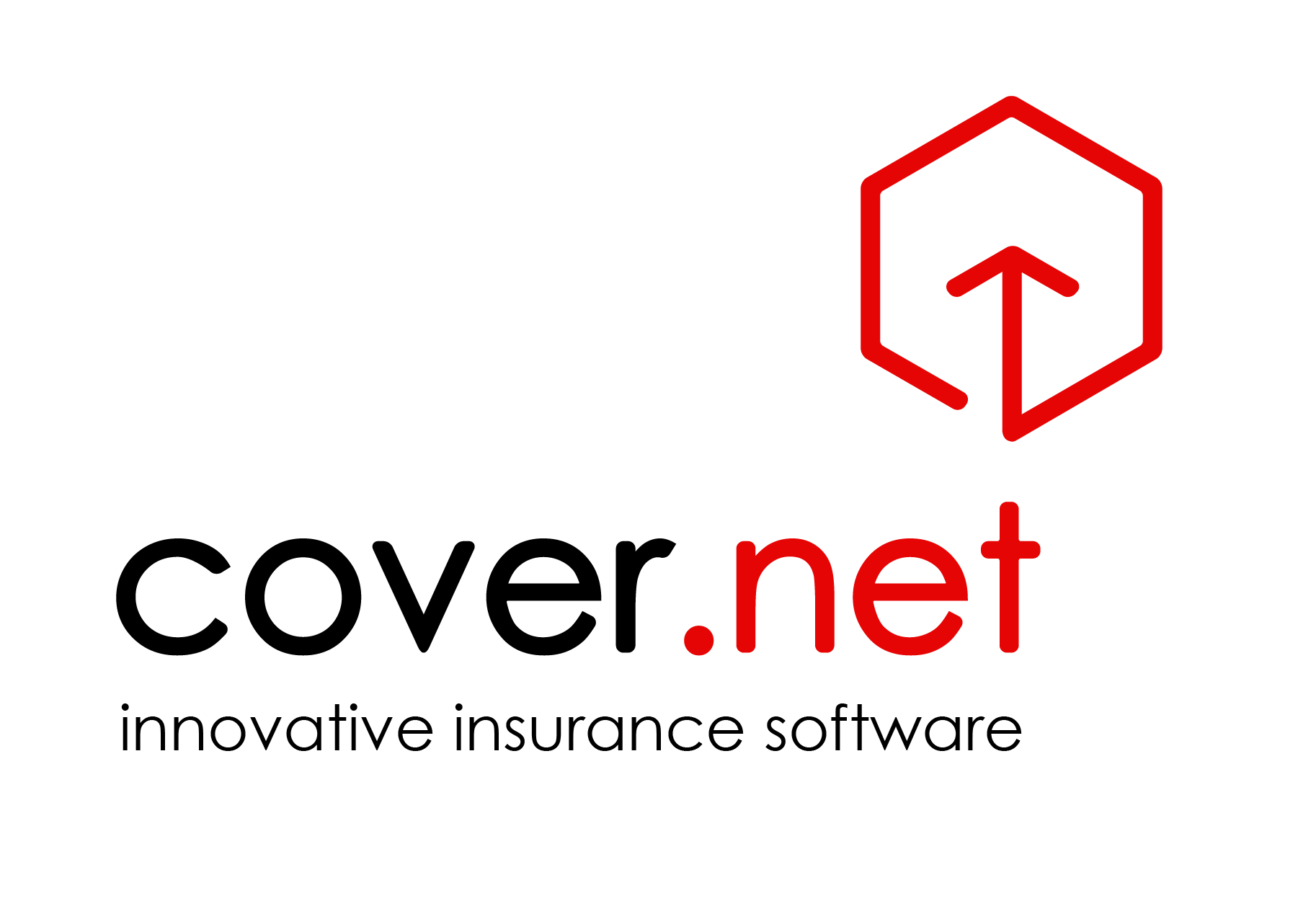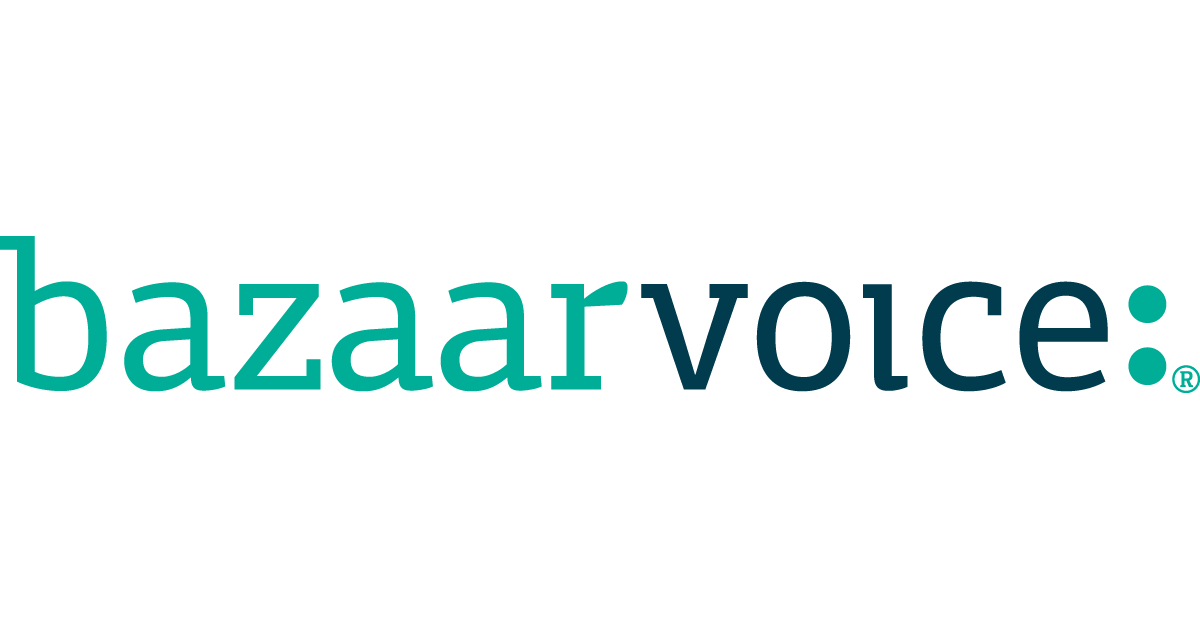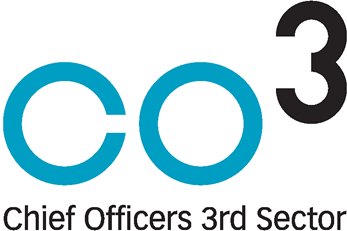Is your virtual speaker presence helping you?
If 2020 has taught us anything when it comes to public speaking, it is that your virtual audience has a short attention span. Much shorter than if they’re listening to you In Real Life. But what if you’ve got a presentation that really matters, and you’re giving it virtually? Well it’s up to you to employ every skill that you have at your disposal to signal to your audience why they should care. And your virtual speaker presence is part of your toolkit.
You know that you can’t make your audience listen to what you’ve got to say. Sure, they’ll turn up to your event out of politeness, or curiosity or even obligation (if you’re the boss). But are they really listening to your message? In other words, it isn’t what you say, it’s the way you say it. Or maybe more accurately, if you invest in how you say it, then what you say will matter to many more people.
I was chatting this weekend with a friend about a well-known philosopher, whose work features frequently in the broadcast media. We were admiring this person’s insights, and I referenced one of his TED Talks. But when I went on to explain why my friend would enjoy the talk, I realised that the central idea for the talk was not the thing. For me, it is actually about the pleasure of listening to a skilled orator deconstruct an argument. His speaker presence gives layers and nuances to his idea that the written word could never do. And since I have never attended one of this speaker’s events, it’s all about his virtual speaker presence, and how he keeps my attention on video or on TV.
Preparation
If your talk really matters to you – let’s say it’s a TED Talk, or a presentation that’s critical to your next career move, or a talk that will build your influence in circles that matter – then you’ll have taken your preparation seriously. You’ll have spent many hours on your content, and you’ll definitely have rehearsed your talk many times.
In fact, a rule of thumb for a talk that matters is, invest an hour for every minute that you’re on screen (or on stage)! Your virtual speaker presence demands it. But let’s face it, rehearsal is boring, and it’s easy to lose enthusiasm for your talk the more that you hear yourself speak it. And when that happens, you fear losing that energy in your performance on the day. That’s the Boredom Drag – and if it happens to you, there’s a risk that you stop rehearsing altogether. Here are three practical tips for overcoming that Boredom Drag that can torpedo your big moment:
1. Make your rehearsal a habit
Between now and the day of your talk, practice a paragraph before you start your day. Ideally work it into your morning routine. Choose a different paragraph each day, otherwise you’ll never get past your intro! Last thing in the evening too, pick a paragraph and speak it out loud. And when you choose to rehearse during the day, pick a time when your mind is distracted with another activity. Rehearse while you’re occupied with something that operates at a low level cognitively – say running, or gardening or cooking. All this activity gets the power of your subconscious mind working as hard on your talk as your conscious mind.
2. Flex your voice
A compelling idea delivered in a monotone unfortunately compels no-one! Use your voice in your talk like you’d use a highlighter pen in a document. Let your voice signal the important bits to your audience – convey excitement with your vocal range, your pace, your expression . Maybe you’re concerned that your voice lacks the gravitas and authority to carry your talk off – something that affects women more than men. Luckily there’s a TED Talk for that! At the end of Julian Treasure’s widely-watched TED Talk on ‘How to speak so that people want to listen.’ there are six warm-up exercises for your voice that I recommend every time that you take to the stage. We need to stretch and relax our voice muscles before we use them – it releases tension and helps to access the full range of sounds available.
3. Breathe
Those short shallow breaths that happen when you’re feeling nervous are not your friend. When you’re on standby awaiting your cue to turn on your camera, or watching your waiting room fill up, this is the time to take those deep breaths that fill your lungs with air. Get your posture right – stand or sit up straight – and inhale to fill your lower belly with air just like a balloon and then exhale. Slow this down, slow count to 5 for your inhale and 10 for your exhale. Not only have you given your voice the fuel it needs, you’ll be amazed at the calming effect this has on you as the spotlight flicks on and shines on you.
Now is your time to step into the limelight and enjoy your audience. This is your moment, you’ve got this!
If you've enjoyed reading about Communication Skills then you might be interested in attending a course.
